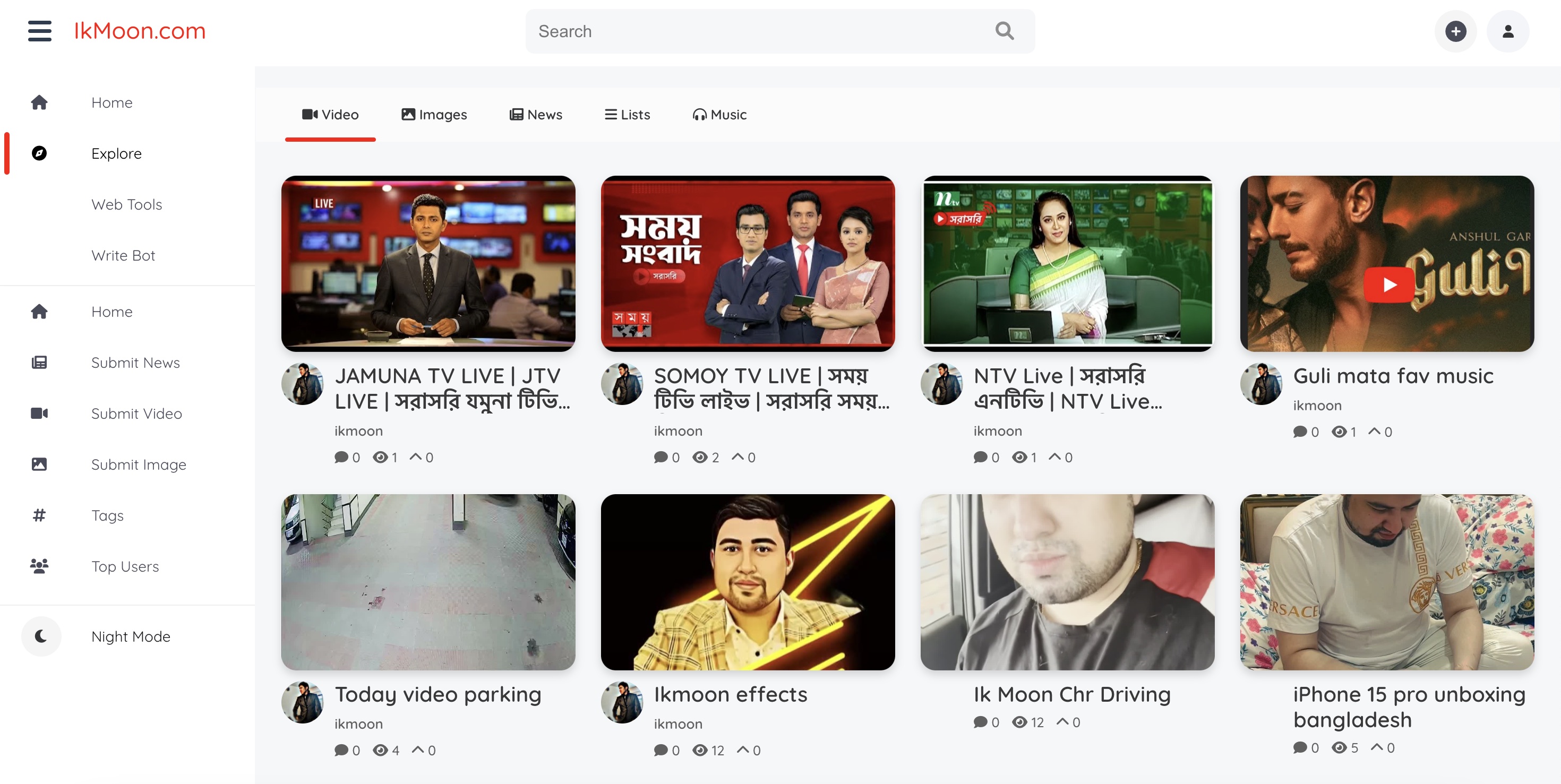LayerEdge Joins Cosmos To Power Its zk Verification Network
The post LayerEdge Joins Cosmos To Power Its zk Verification Network appeared on BitcoinEthereumNews.com. LayerEdge integrates edgenOS and Edgen Chain to enable decentralized zk-proof validation across multiple blockchain ecosystems. Cosmos architecture allows LayerEdge to connect with 115+ IBC chains and bridge trust across networks natively. LayerEdge has finally joined the Cosmos ecosystem. But it’s not just about a new chain. They’re bringing a different approach—two tightly coupled systems: edgenOS and Edgen Chain. Imagine a zk-proofing system that could run on millions of laptops, phones, or desktops in people’s homes, and then have the results aggregated and locked into many large blockchain networks. That’s more or less how LayerEdge works. edgenOS acts as a coordination center for verification. It’s not a regular lightweight node, but a kind of global layer that manages trust. Anyone running an edgenOS desktop application or extension helps validate zk-proofs from various applications, rollups, or other networks. Then every 24 hours, all of those verified proofs are packaged into a single Anchor Proof and pinned to several large blockchains at once. So, where people usually have to trust one chain for validation, LayerEdge splits that responsibility across many networks at once. Pretty clever, huh? https://t.co/lFBvSrnSys — LayerEdge (@layeredge) June 2, 2025 Edgen Chain: Execution and Rewards in One Place While edgenOS is busy verifying, Edgen Chain is where everything is executed and rewarded. Built with the Cosmos SDK and compatible with EVM, Edgen Chain makes it easy for developers to create applications that can directly connect to the LayerEdge verification engine. For example, rollups that want to ‘entrust’ their final proofs, or AI systems that need model validation. Even the DePIN network that needs attestation can also join in. What’s more interesting is that all validated activities on Edgen Chain can be returned to edgenOS, converted into new proofs, and then embedded into other networks. This is not a one-way relationship,…

The post LayerEdge Joins Cosmos To Power Its zk Verification Network appeared on BitcoinEthereumNews.com.
LayerEdge integrates edgenOS and Edgen Chain to enable decentralized zk-proof validation across multiple blockchain ecosystems. Cosmos architecture allows LayerEdge to connect with 115+ IBC chains and bridge trust across networks natively. LayerEdge has finally joined the Cosmos ecosystem. But it’s not just about a new chain. They’re bringing a different approach—two tightly coupled systems: edgenOS and Edgen Chain. Imagine a zk-proofing system that could run on millions of laptops, phones, or desktops in people’s homes, and then have the results aggregated and locked into many large blockchain networks. That’s more or less how LayerEdge works. edgenOS acts as a coordination center for verification. It’s not a regular lightweight node, but a kind of global layer that manages trust. Anyone running an edgenOS desktop application or extension helps validate zk-proofs from various applications, rollups, or other networks. Then every 24 hours, all of those verified proofs are packaged into a single Anchor Proof and pinned to several large blockchains at once. So, where people usually have to trust one chain for validation, LayerEdge splits that responsibility across many networks at once. Pretty clever, huh? https://t.co/lFBvSrnSys — LayerEdge (@layeredge) June 2, 2025 Edgen Chain: Execution and Rewards in One Place While edgenOS is busy verifying, Edgen Chain is where everything is executed and rewarded. Built with the Cosmos SDK and compatible with EVM, Edgen Chain makes it easy for developers to create applications that can directly connect to the LayerEdge verification engine. For example, rollups that want to ‘entrust’ their final proofs, or AI systems that need model validation. Even the DePIN network that needs attestation can also join in. What’s more interesting is that all validated activities on Edgen Chain can be returned to edgenOS, converted into new proofs, and then embedded into other networks. This is not a one-way relationship,…
What's Your Reaction?










































